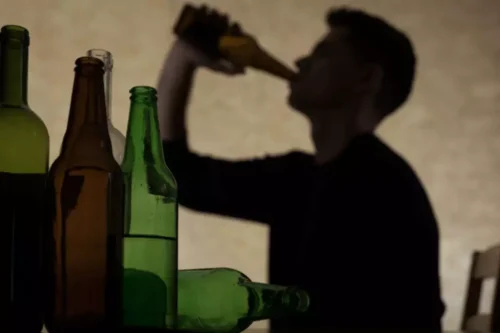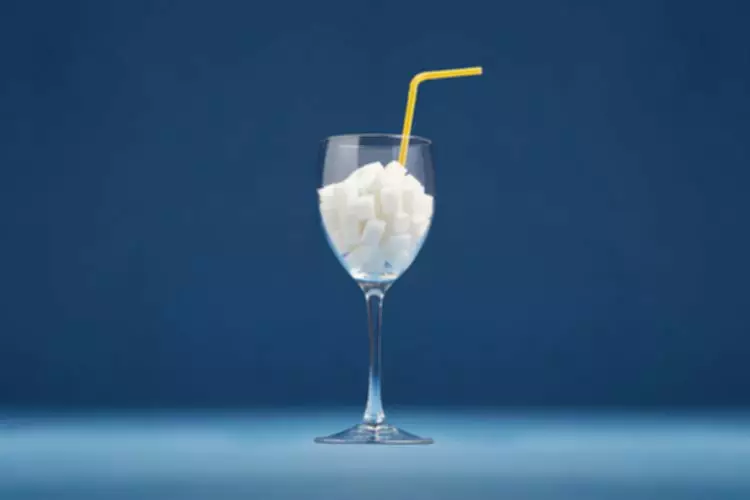
Some individuals are predisposed to alcohol problems due to genetics and socioeconomic factors. Others are battling underlying mental health issues and are choosing alcohol to self-medicate. Regardless, it’s one of the leading substances abused by nearly 15 million Americans in 2019. We need a community to increase awareness of the importance and place for couple recovery. I am presenting “Couples and Addiction Recovery” and I would love for you to train with me. This training provides a relational approach that includes the addict’s recovery, the partner’s recovery, and their relationship’s recovery, and you can learn more here.

Sample design

But if such addiction has caused too much pain and problems, you can consider getting divorced or annulled to end your union. If you or your spouse are considering getting a divorce on the grounds of a present addiction, consider an attempt at treatment first. For more information on treatment, speak to a treatment provider for free today. They can answer your questions about rehab, and help your spouse get enrolled in a licensed treatment center.

Divorce And Addiction: A Step-By-Step Guide To Leaving Your Addicted Spouse
Divorce and alcohol use disorder (AUD) are strongly correlated in the Swedish population, and the heritability of divorce is consistent with previous studies. Covariation between AUD and divorce results from overlapping genetic and nonshared environmental factors. Latent genetic and nonshared environmental correlations for AUD and divorce are high and moderate. It can lead to legal problems, financial stress, unemployment, and cause serious health issues. Alcohol use is one of the leading reasons couples file for divorce in the United States. According to the National Institute of Health, alcoholism and divorce statistics indicate that one liter more of alcohol consumption per capita can increase divorce rates by as much as 20%.
Couples and Addiction Recovery Card Decks
Thus, our analysis of the interaction between spousal deviance and divorce provides novel insight to the complicated nature of DA risk factors. These results provide support for heterogeneity of the role of divorce (31) and merit further consideration in studies designed to dissect these relationships. In considering the potential causal effect of divorce, it is important to account for the influence of genetic/biological factors, which may jointly affect risk for both DA and divorce. Indeed, prior studies have demonstrated a genetic correlation between divorce and alcohol-use disorder (25). Multivariate twin and sibling studies are one approach for decomposing the association between two outcomes into genetic and environmental components.
- Your likelihood of divorce is 50 percent higher if you or your partner smokes.
- Alcohol and drug abuse can also cause other life difficulties, such as difficulty concentrating, unstable mood, and a lack of interest in activities previously enjoyed.
- Codependent people often have low self-esteem, can be quick to anger, and may struggle with adjusting to change.
People who are considering divorce may find it useful to seek out attorneys and therapists with experience in helping addicted people and their family members. Furthermore lying, physical abuse and emotional abuse often occur when a married person has an addictive disorder. Spouses addicted to alcohol, opioids, gambling, pornography, marihuana, cocaine, shopping and social media can be very difficult to live with in a healthy relationship. There were approximately 20.6 million people in the United States over the age of 12 with an addiction in 2011. There is only the decision to listen to your heart and your head, no matter how old you are or how many times you have been betrothed.
Surprising Facts About Divorce

She continued her education at the University of Denver and earned a master’s in clinical mental health counseling. Chanel completed internships at AspenRidge during her studies and eventually joined the team as a full-time primary clinician. AspenRidge Recovery methodologies prove to support clients through recovery and long-term care. We can address fear and healthy coping mechanisms to combat any doubt and uncertainty that either an individual or family may feel during these difficult times.
- No-fault divorces allow couples to separate without proving that one spouse did something wrong.
- It turned out that couples I was seeing in my practice, and some of the research couples at the MRI, were getting the benefit while still in the early recovery phase.
- Divorce and alcohol use disorder (AUD) are strongly correlated in the Swedish population, and the heritability of divorce is consistent with previous studies.

Highlighting the importance of assessing both spouses, previous studies found that discrepant drinking is related to subsequent divorce (see Ostermann et al., 2005). Finally, because W1 of NESARC does not include measures of marital interactions or marital quality, we were unable to test the complete version of the VSA model. However, evidence from other studies supported the hypothesis that AUDs are linked to marital interactions and marital quality (Marshal, 2003).
Codependency can show in all stages of the addiction and recovery process, including when a person is receiving treatment and after completing an addiction rehab program. Addicted individuals in a codependent relationship may use their codependency to manipulate their spouse’s emotions and behaviors. They may also perceive themselves as unable to get sober, or unable to maintain recovery from addiction without significant financial and emotional support from their spouse. Addiction is a mental and behavioral condition that can refer to a reliance on addictive substances—such as illicit drugs and alcohol—or an addiction to certain behaviors. Seeking divorce from an addicted spouse can be a complicated and emotional process. Don’t be ashamed to ask for support from friends, family members, or other loved ones, regardless of whether they’re already aware of your situation.
- After completing her bachelor’s degree, she continued her education at the University of Denver and earned a master’s in clinical mental health counseling with a side specialization in addiction.
- Bivariate and multiple logistic regression analyses (Jaccard, 2001) were used to assess the unconditional and conditional associations between each covariate and marital dissolution at W1.
- Women experienced a 45% decline in their living standards after a gray divorce, with living standards defined by comparing income to needs.
- Previous breaches of trust due to secrecy and broken communication can linger like a black cloud over a couple regardless of how much they want to make their marriage work.
- A spouse who is struggling with drug addiction is not healthy on any level, so there will be no semblance of reason or compromise.
When addiction is present, both parents are unavailable and there is little or no stability and consistency. You have to deal with the person you love behaving irrationally, getting sick, perhaps lying, cheating or any other number of unacceptable behaviors and, on top of that, you are legally bound to this person. That means that you bear the brunt and are on the hook for any damage they may divorce rates after sobriety cause.